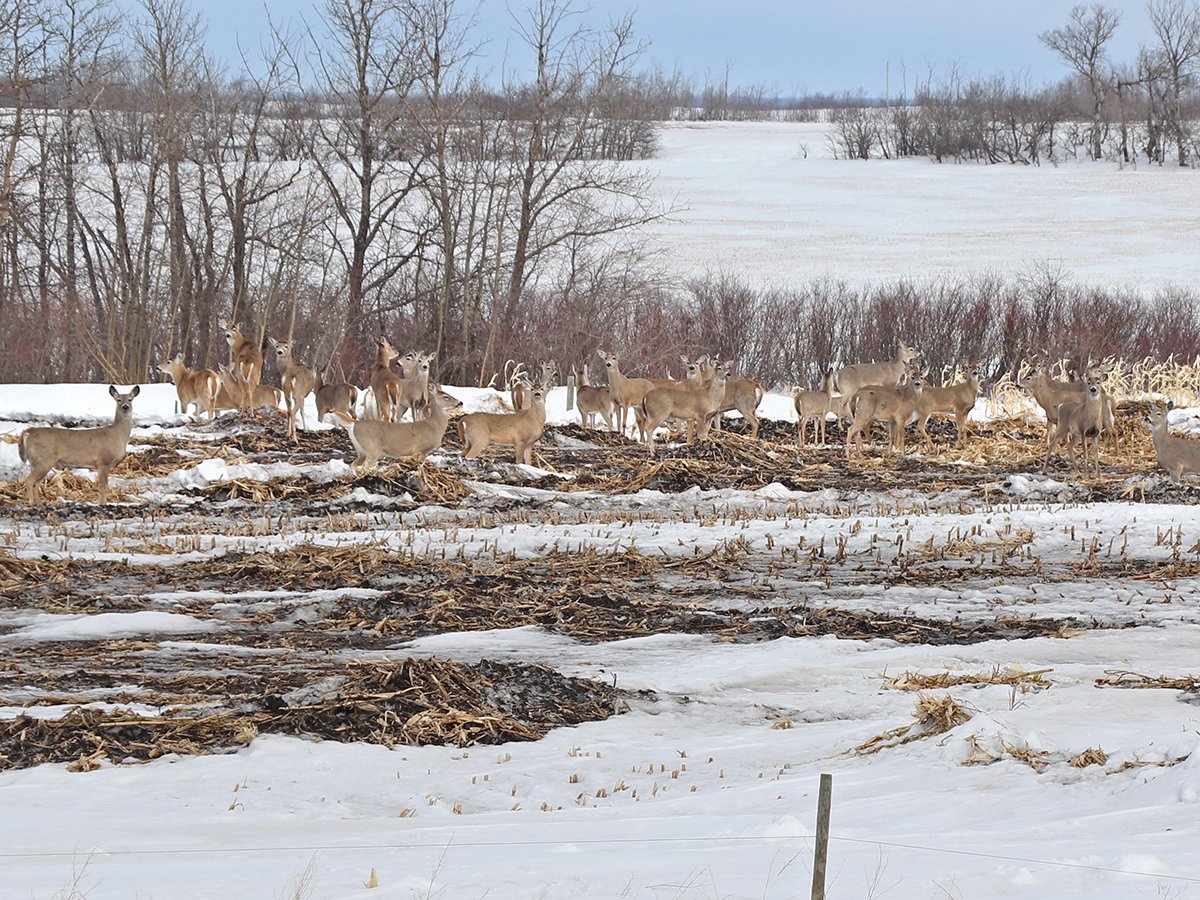Lanigan, Sask. — Producers raising replacement heifers should carefully monitor their weight before entering them into a breeding program.
As a key factor that influences when an animal reaches puberty and can begin breeding, the message was emphasized to producers at a recent field day at the Western Beef Development Centre near Lanigan.
But a project conducted by the organization is testing a common recommendation that ranchers target 65 percent of mature weight for replacement heifers at breeding. The initiative is testing the effects of breeding at 55 percent of mature weight, which could reduce expenses.
Read Also

Foot-and-mouth disease planning must account for wildlife
Our country’s classification as FMD-free by the World Organization for Animal Health has significant and important implications for accessing foreign markets.
“Perhaps many producers already out there in Saskatchewan have been breeding heifers at 55 percent of mature weight, not meeting the target of 65 anyway, and getting away with it,” said Colin Palmer of the University of Saskatchewan’s Western College of Veterinary Medicine, commenting on the project.
Cattle will typically reach puberty while between 45 and 55 percent of mature weight, but that doesn’t necessarily equate to sexual maturity, said Palmer.
He recommends replacement heifers reach puberty up to as many as three months before breeding, allowing them to experience at least two, and as many as four, estrus periods before breeding at 13 to 15 months old, calving at 22 to 24 months and then annually after that.
Researchers wrapping up the second year of the project haven’t found differences in the calving percentages or pregnancy rates of the animals breeding at the smaller weight, attendees were told, but more data needs to be collected on longer-term effects. The project will continue into a third year.
Palmer was cautious interpreting the preliminary reports.
“We need to be careful that the message doesn’t get out there that lower than 55 is OK,” he said. “We don’t know how low you can go and of course those producers are going to run into some problems there.”
Producers were told to know the average weights of their mature animals and the gains replacement cattle require to make before breeding, adding additional nutrients and minerals when necessary after a feed and water analysis.
Minerals like copper, manganese and selenium all influence reproductive efficiency.
Colby Elford of the Saskatchewan agriculture ministry advocates for a shorter breeding season of 65 days, although he’s employed a shorter season of 45 days to eliminate cattle that aren’t productive.
He also said producers shouldn’t change cattle’s feeding program at breeding time.














